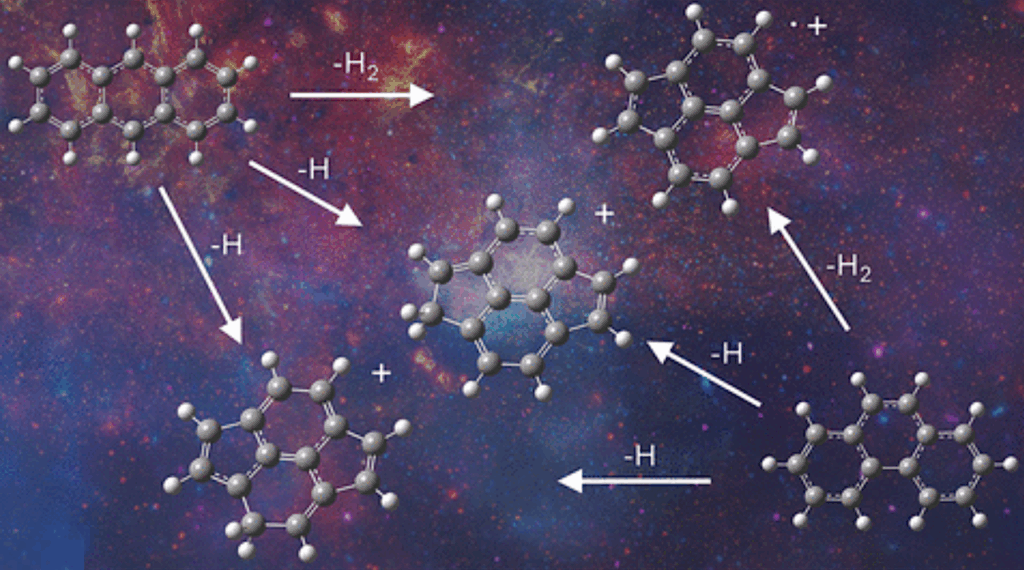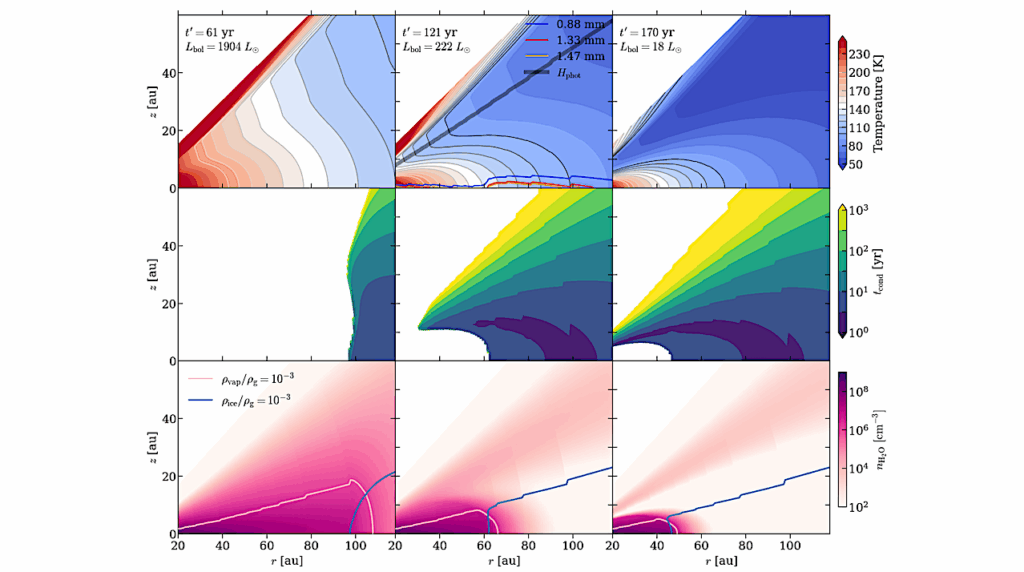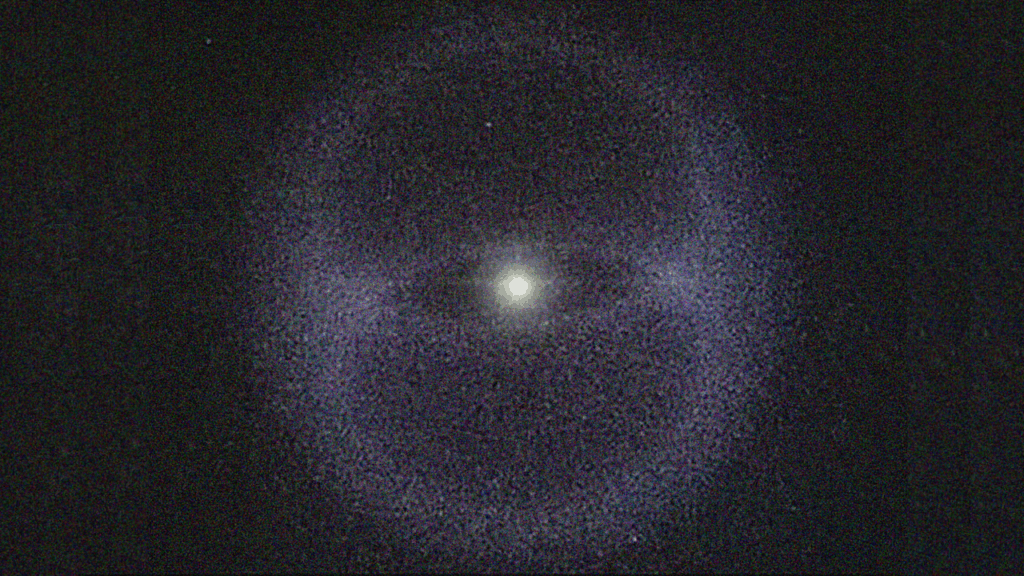Multiple Nitrogen Reservoirs In A Protoplanetary Disk At The Epoch Of Comet And Giant Planet Formation

The isotopic ratio of nitrogen measured in primitive Solar System bodies shows a broad range of values, the origin of which remains unknown.
One key question is whether these isotopic reservoirs of nitrogen predate the comet formation stage or are posterior to it. Another central question is elucidating the processes that can produce the observed variations in the 14N/15N isotopic ratio. Disks that orbit pre-main-sequence stars provide unique opportunities for observing the chemical content of analogs of the protosolar nebula and therefore for building a comprehensive scenario for the origin of nitrogen in the Solar System and in planet-forming disks. We present spectrally and spatially resolved observations of the hyperfine structure of the 4-3 rotational transition of HCN and its main isotopologs H13CN and HC15N in the disk orbiting the 8 Myr old TTauri star TW Hya.
The spatially averaged HCN/H13CN and HCN/HC15N abundance ratios are 86+/-4 and 223+/-21, respectively. The latter value is significantly lower than the CN:C15N ratio 323+/-30 in this disk and thus provides the first evidence that two isotopic reservoirs of nitrogen are present in a disk at the stage of giant planet and comet formation. Furthermore, we find clear evidence for an increase in the ratio of HCN to HC15N with radius. The ratio in the outer disk is 339+/-28, in excellent agreement with direct measurements in the local interstellar medium, and with the bulk nitrogen isotopic ratio predicted from galactic evolution calculations.
In the comet formation region at r=20 au, the ratio is a factor ~3 lower, 121+/-11. This radial increase qualitatively agrees with the scenario in which selective photodissociation of N2 is the dominant fractionation process. However, our isotopic ratios and kinetic temperature of the HCN-emitting layers quantitatively disagree with models of nitrogen chemistry in disks.
Pierre Hily-Blant, Victor Magalhaes de Souza, Joel Kastner, Thierry Forveille
(Submitted on 15 Nov 2019)
Subjects: Astrophysics of Galaxies (astro-ph.GA)
DOI: 10.1051/0004-6361/201936750
Cite as: arXiv:1911.06676 [astro-ph.GA] (or arXiv:1911.06676v1 [astro-ph.GA] for this version)
Submission history
From: Pierre Hily-Blant
[v1] Fri, 15 Nov 2019 14:48:49 UTC (1,030 KB)
https://arxiv.org/abs/1911.06676
Astrobiology/ Astrochemistry








